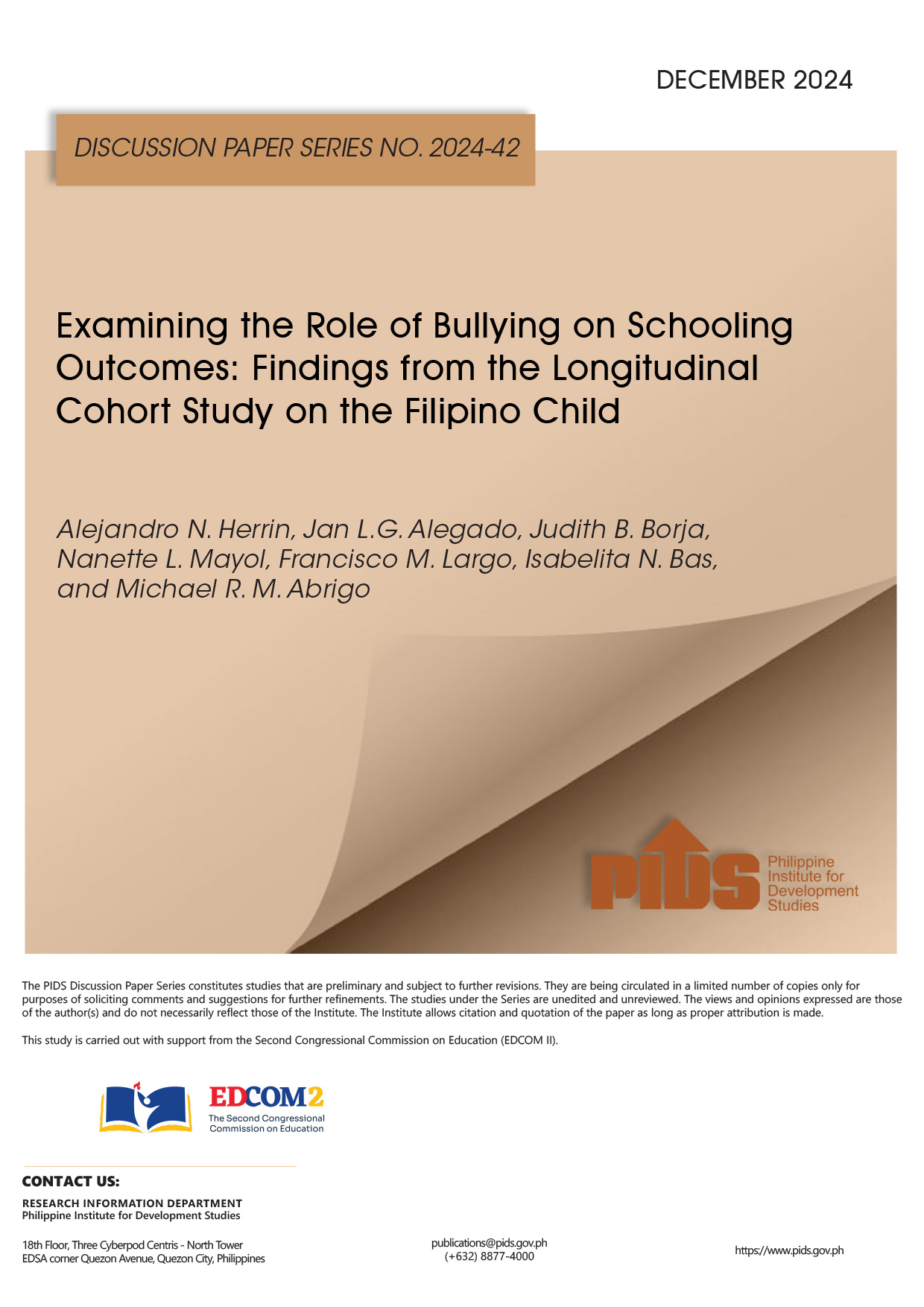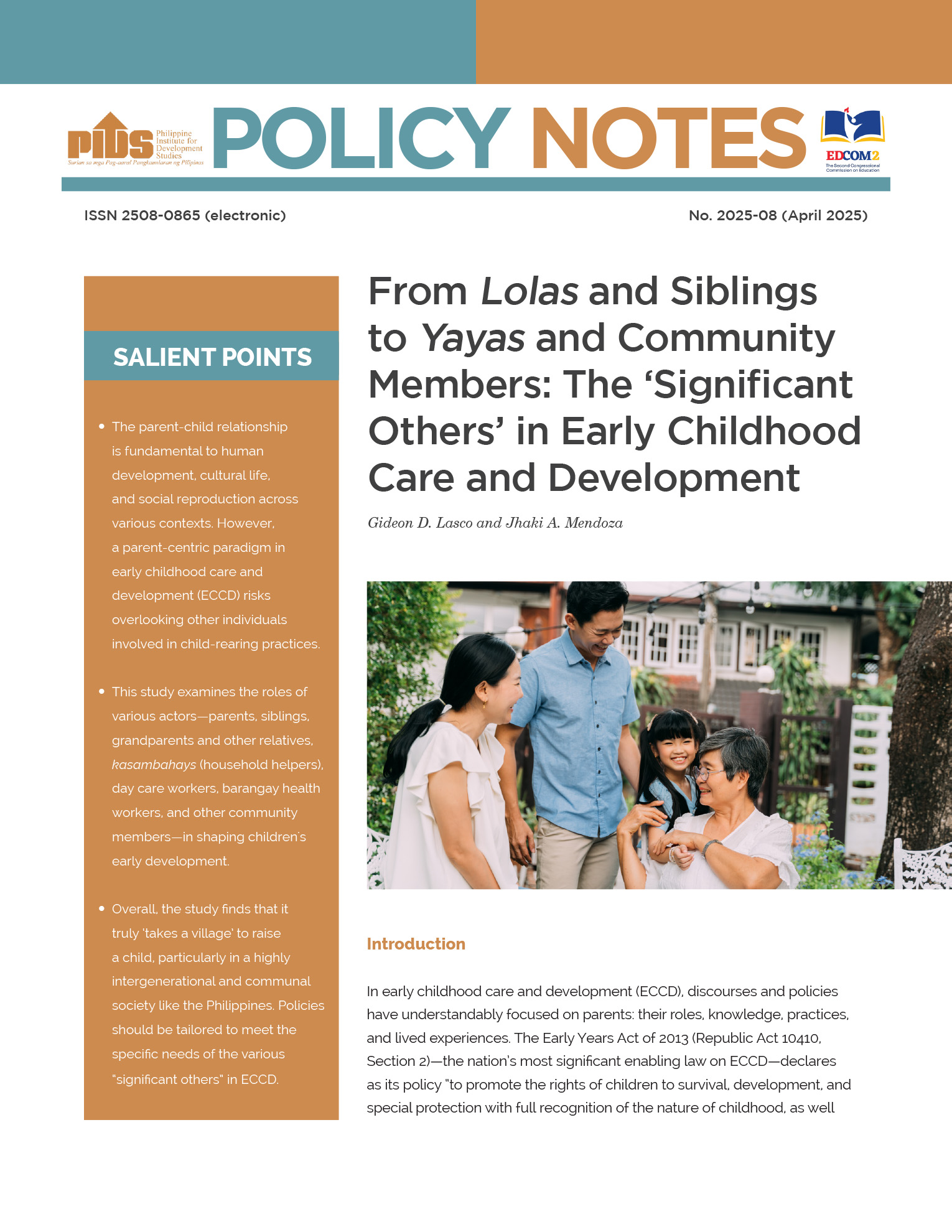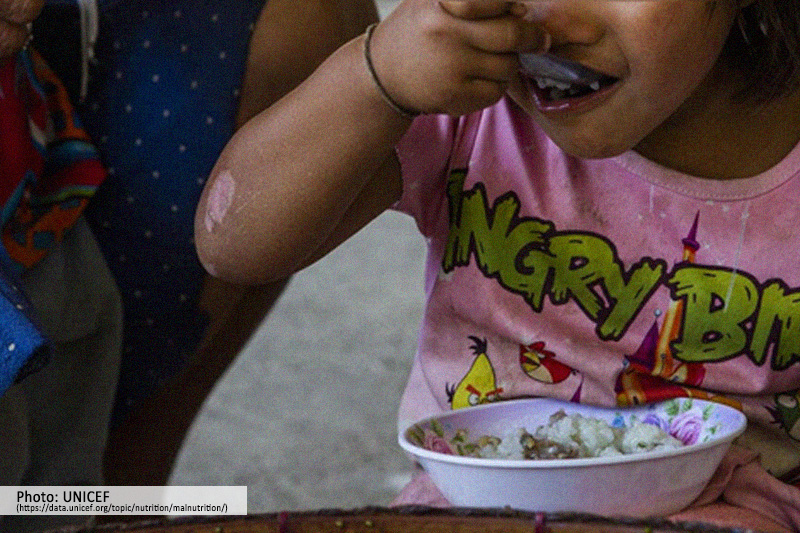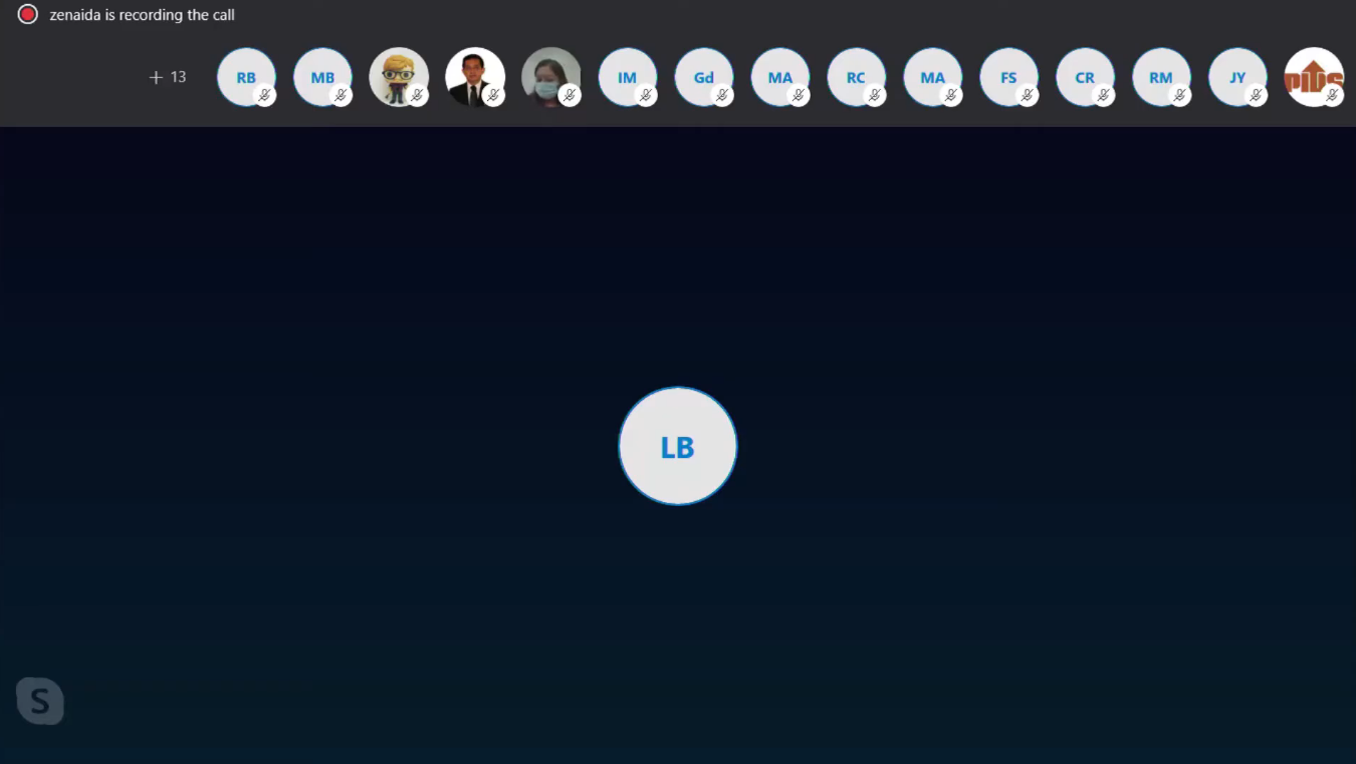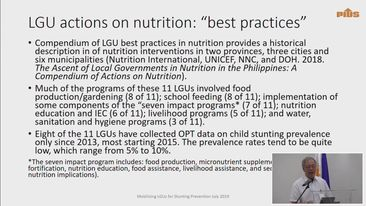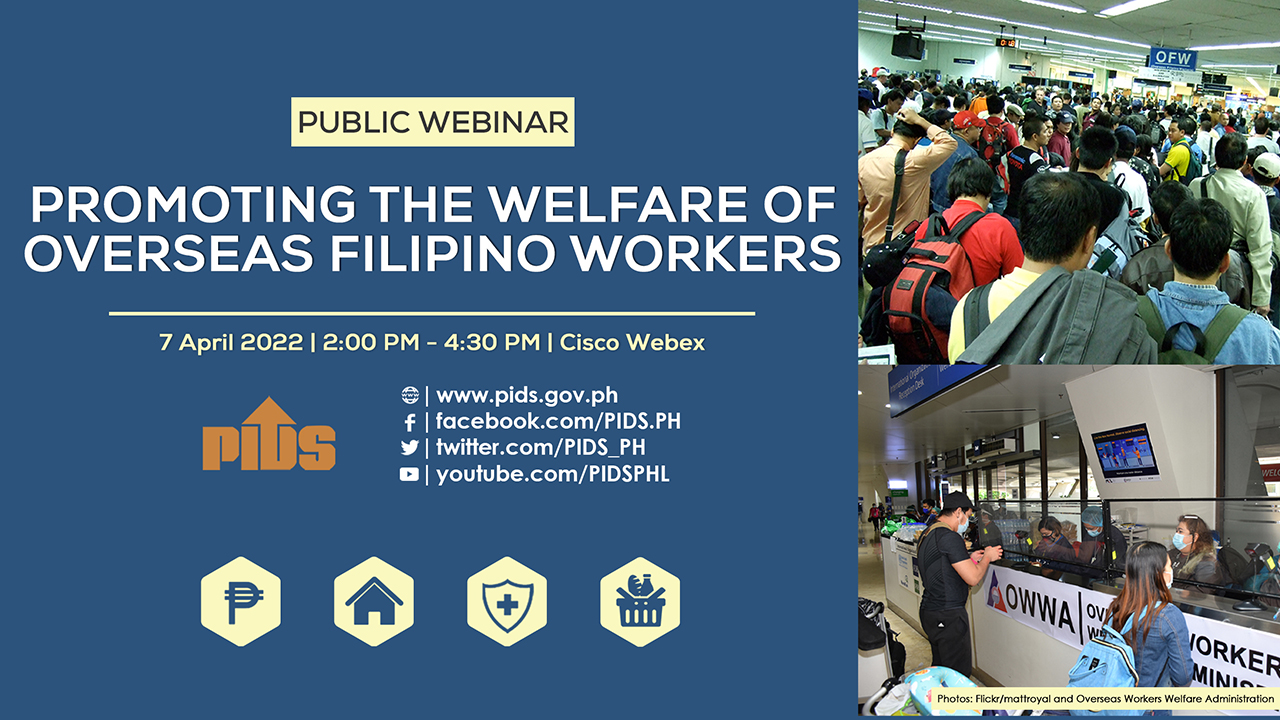In Washington last Tuesday, a report on global child labor cited the Philippines for being among several countries that have gained headway in confronting the problem. The US Labor Department report included the Philippines in a list of countries that achieved "significant advancement” in recent years in reducing child labor.
A drive around Metro Manila, however, will indicate how much remains to be done. Children sell garlands or offer to wipe car windshields in the streets. In the grimy charcoal-making communities in the city of Manila, many of the workers are children. Outside Metro Manila, teenage boys are busy these days making firecrackers for the Yuletide season under hazardous conditions in makeshift factories.
As the US report came out, the government think tank Philippine Institute for Development Studies released its findings showing that approximately 36 percent of Filipino children below 18 years old live in abject poverty. PIDS officials reported that the number of poor Filipino children and severity of their impoverishment have been increasing in recent years, with no indication that there would soon be a dramatic reduction. As of 2009, the number of impoverished Filipino children stood at 13.4 million.
Poverty is linked to child labor. In 2011, according to the PIDS study, 5.5 million children were forced to disrupt their education and work to augment the family income. It’s not unusual for parents themselves to sell their children for sex.
Although basic education is free, children from impoverished households are often forced to drop out of school at an early age to help in farms or other marginal livelihood activities of their parents such as fishing or selling small items in the market. Teenagers leave rural areas to work as household helpers in cities, with their earnings being used to send siblings to school.
Such situations make it difficult to stop child labor in developing countries. Governments, however, cannot afford to stop trying. The ideal tack is to create employment and livelihood opportunities so that parents do not need to make their children work. Failing in that, the government must do what it can to protect children from labor exploitation.//

